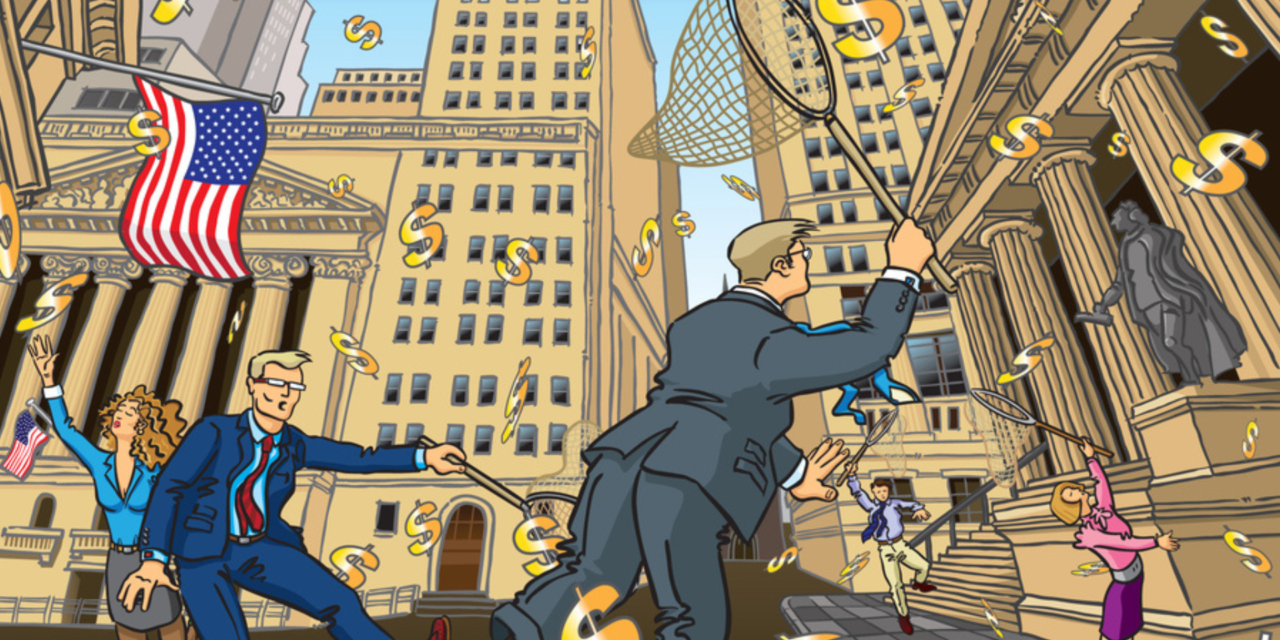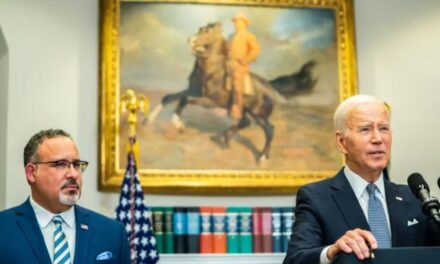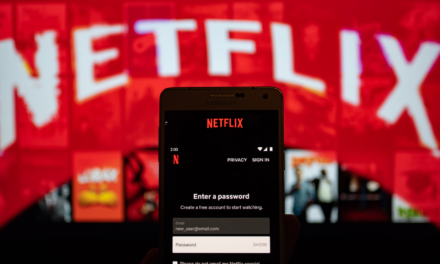The post-pandemic US economy has both tormented and confounded economists. What happens next is anyone’s guess.
Words of Treasury Secretary Janet Yellen
“I think what people call a soft landing is possible,” she said. “I do think there is a path to bring down inflation while maintaining what I think all of us would regard as a strong labor market.”
Prices are falling after months of near-40-year high inflation. Consumer and producer pricing readings indicate inflation at its weakest since the beginning of the crisis: The Producer Price Index increased by 2.7% year on year in March, while the Consumer Price Index increased by 5%, a significant decrease from its peak of 9.1% last summer.
And the giant American employment market continues to churn. The unemployment rate of 3.5% is approaching the lowest in more than a half-century. Most indicators show that the labour market is stronger today than it was in February 2020, before the Covid epidemic shook the global economy. Americans are working more and earning more money.
Rising unemployment claims, drops in job vacancies, and increases in labour force participation, according to the Treasury Secretary, indicate that stress in an overly tight labour market is lessening, which is a positive thing.
FED RATE INCREASES, BANK STRESS, AND THE DEBT CEILING
However, danger lurks around every turn.
Last month’s outbreak of a bank crisis took global markets off guard and may serve to limit lending activity.
The Federal Reserve’s aggressive rate-hike campaign resulted in bank distress. Monetary policy has a time lag. Forecasters are now trying to figure out how and when it will ripple across the economy.
This is why many economists are fiercely opposed. According to a Bloomberg poll of forecasters, the chances of a recession are 65%.
The International Monetary Fund marginally reduced its global growth projection last week, using more ominous language than normal.
“Uncertainty is high, and the balance of risks has shifted firmly to the downside so long as the financial sector remains unsettled,” the IMF warned, emphasizing the challenge of forecasting in this climate.
To add to the pessimism, the debt limit saga in Washington, if not resolved, would almost surely lead to a US debt default, crashing the economy and roiling bond and stock markets.
CLIMBING A CONCERN WALL
Even optimists like Yellen acknowledge that there are hazards. However, economic resilience has been difficult to maintain.
Early in earnings season, the large banks appear to be doing well, while other corporations are outperforming analysts’ predictions. Oil prices have fallen considerably in comparison to last year, suggesting concerns about global growth but also decreasing expenses for oil customers.
And, as the old Wall Street trader cliche goes, stock markets have climbed a wall of dread.
The Dow is up 2.5% this year, the S&P 500 is up more than 8%, and the Nasdaq Composite is up 16% in 2023.
One argument is that last year’s stock market crash factored in the worst-case scenario for the economy. Last year was the worst for stock investors since the Great Recession.
Another interpretation is that if a recession occurs, it will be light and transitory, with no significant increase in the unemployment rate.





